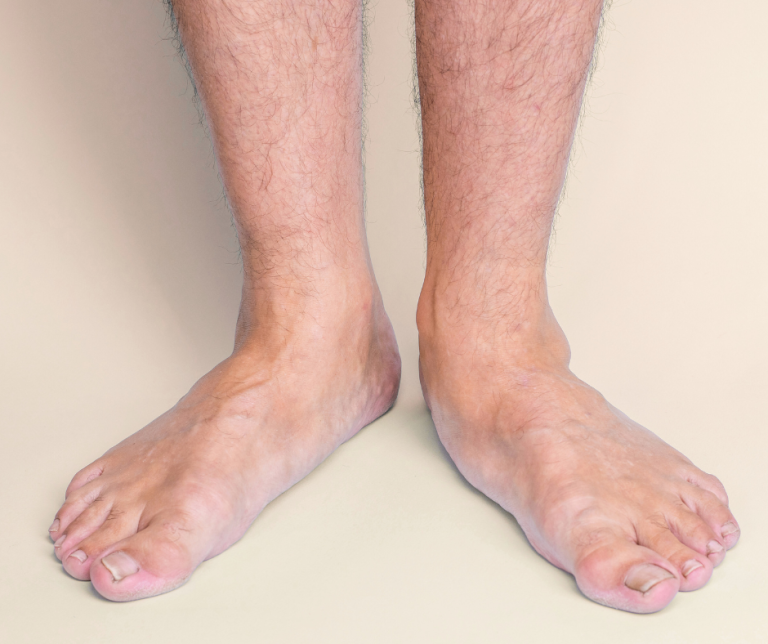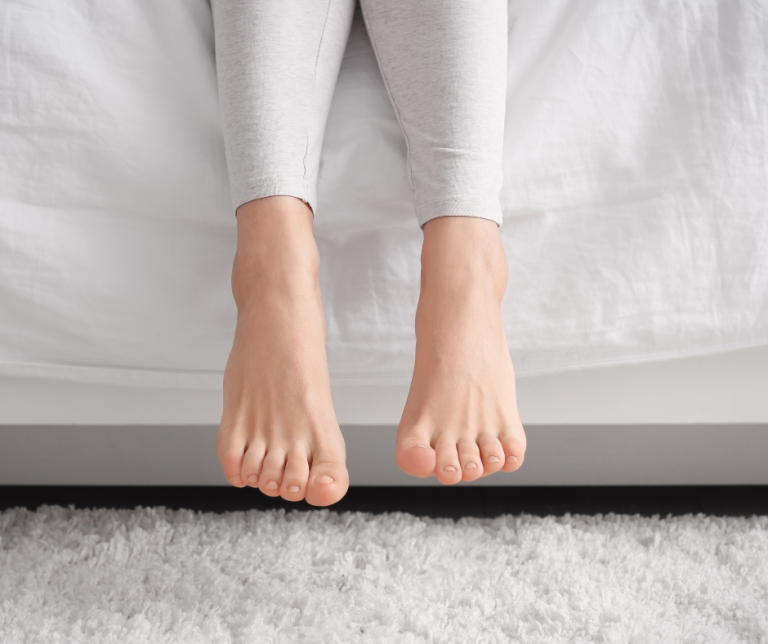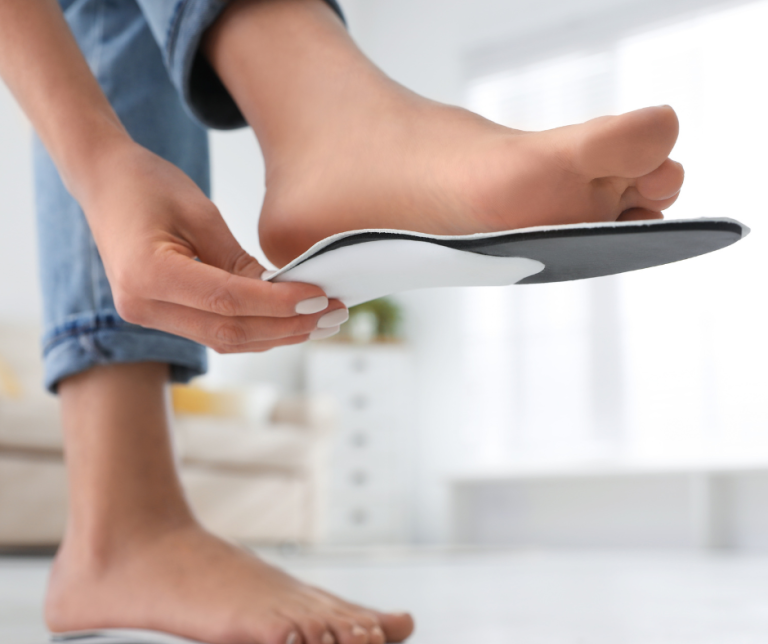A Step-by-Step Guide to Plantar Fasciitis
That sharp, stabbing heel pain with your first morning steps? It’s often plantar fasciitis – inflammation of the plantar fascia, the thick tissue band running along the bottom of your foot. Below, Step by Step Family Foot Care outlines a guide to understanding, managing, and overcoming plantar fasciitis.
Step 1: Understanding the Cause (Why Does My Heel Hurt?)
Plantar fasciitis is usually caused by overuse and strain. Several factors contribute:
- Increased Activity: Suddenly increasing running mileage or starting a new high-impact exercise.
- Improper Footwear: Shoes with poor arch support or inadequate cushioning.
- Foot Structure: Flat feet or high arches increase stress.
- Tight Calf Muscles: Limited ankle flexibility strains the fascia.
- Obesity: Excess weight increases the load on your feet.
- Age: Most common between 40 and 60.
Understanding the root cause of your plantar fasciitis is key to effective treatment. And that means ruling out other causes.
Step 2: Recognizing the Symptoms (Is It Really Plantar Fasciitis?)
The hallmark symptom is heel pain:
- Worst in the morning, with those first few steps.
- Worse after periods of rest.
- Sharp or stabbing, sometimes a dull ache.
- Located at the bottom of the heel.
If this sounds familiar, it’s time to take action.
Step 3: Home Care: First-Line Treatments
Many cases respond to conservative, at-home treatments:
- Rest: Reduce aggravating activities. Avoid running or high-impact exercise temporarily. Apply ice packs for 15-20 minutes at a time, several times daily.
- Supportive Shoes: Wear shoes with good arch support and cushioning.
- Stretch: Focus on your plantar fascia and calf muscles.
A simple plantar fascia stretch involves pulling your toes back towards your shin. For your calves, lean against a wall with one leg straight back, heel on the ground.
Step 5: Podiatric Treatment Options
A podiatrist offers treatments beyond home care, including:
- Custom Orthotics: Personalized arch supports to correct biomechanical issues.
- Night Splints: Keep the plantar fascia stretched while you sleep.
- Corticosteroid Injections: Reduce inflammation (used judiciously).
- Physical Therapy: A structured exercise program.

If home care doesn’t provide relief after a few weeks, or if the pain is severe, see a podiatrist. We know an excellent one.
Step By Step Family Foot Care is here to assist you with your podiatry needs. To make an appointment with Dr. Debra Manheim, call us at (973) 917-3785 or visit our site to schedule an appointment. The staff at our Parsippany office is ready and eager to help.







